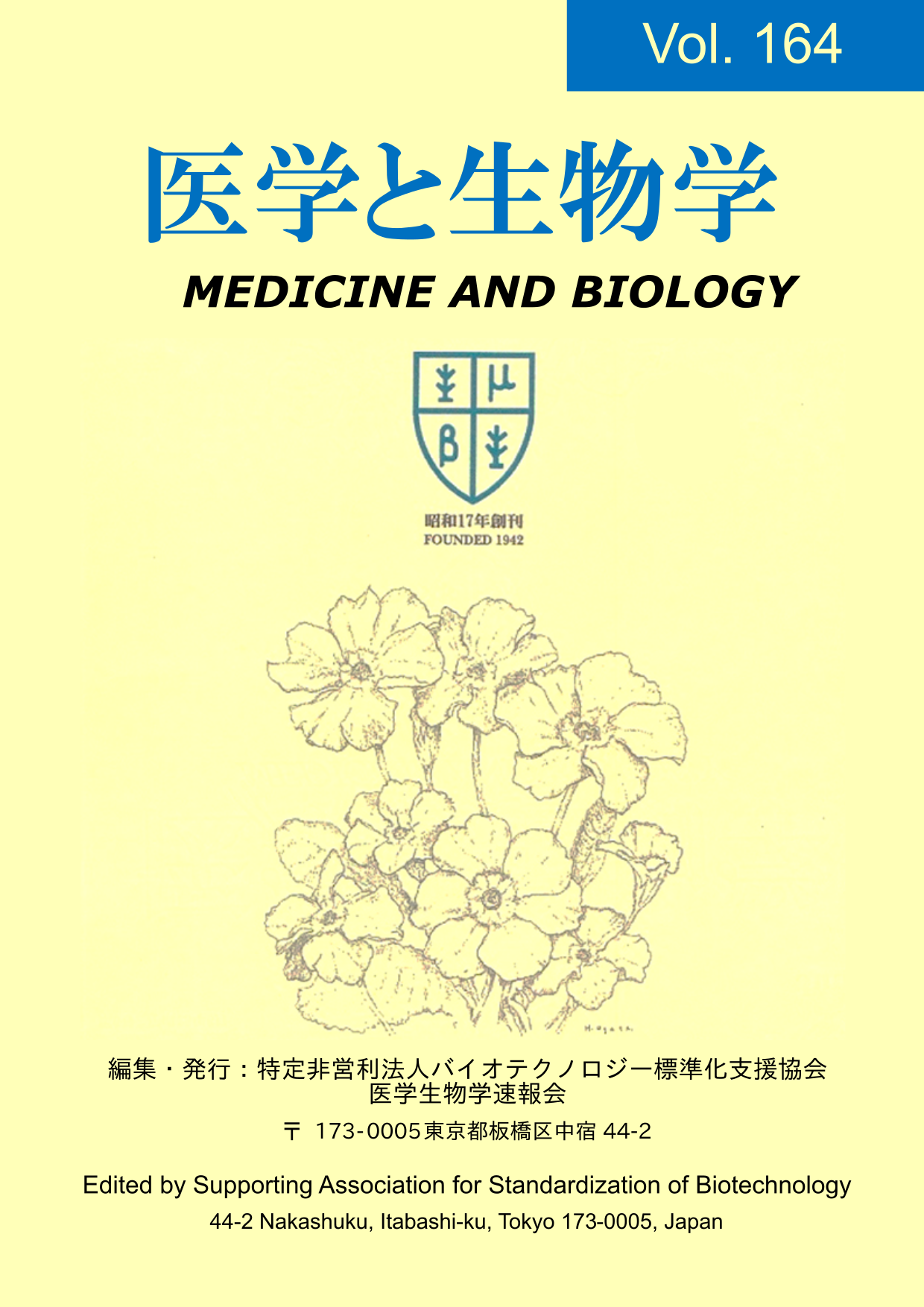The Current Practice and the Challenges of In-Hospital Midwifery System
Keywords:
women centred care, midwifery-led continuum care, job satisfactionAbstract
In contemporary Japan, the role of midwives has expanded beyond traditional midwifery care for healthy women. Today, midwives are expected to provide care to women with high-risk pregnancies, offer postpartum support to mothers dealing with postnatal depression, and provide long-term parenting assistance. Consequently, there has been a rise in the number of facilities offering in-hospital midwifery services to meet these evolving demands. In this report, we discuss the circumstances at one facility that is offering in-hospital midwifery services, and aim to outline the current challenges and opportunities for enhancing the quality of in-hospital midwifery care. In contemporary Japan, the role of midwives has expanded beyond traditional midwifery care for healthy women. Today, midwives are expected to provide care to women with high-risk pregnancies, offer postpartum support to mothers dealing with postnatal depression, and provide long-term parenting assistance. Consequently, there has been a rise in the number of facilities offering in-hospital midwifery services to meet these evolving demands. In this report, we discuss the circumstances at one facility that is offering in-hospital midwifery services, and aim to outline the current challenges and opportunities for enhancing the quality of in-hospital midwifery care. Sanuki Municipal Hospital, which has been operating an in-hospital midwifery system since 2021, operates the in-hospital midwifery system in the mixed maternity ward. A team of 13 midwives involved our hospital, which includes 8 certified advanced midwives, is dedicated to delivering high quality midwifery care. The distinguishing feature of this in-hospital midwifery system is the option it offers to women: the choice to give birth on a Japanese futon placed on a tatami mat, as opposed to a traditional delivery bed. In the delivery room, woman have the freedom to assume positions that feel most comfortable to them, providing them with agency in their childbirth experience. Midwives, in this context, play a crucial supportive role, with the woman at the centre of the childbirth journey. This model emphasises woman-cantered care and embraces a midwifery-led continuum care model that was utilised. The in-hospital midwifery system at Sanuki Municipal Hospital is effective as it not only contributes to a more satisfying childbirth experience for mothers, but also enhances the job satisfaction of the midwives who work within the system. However, in the future, there are pressing issues that need to be addressed. These include fostering collaboration with other healthcare professionals, developing competent midwives equipped to provide specialised midwifery care and determining how the midwifery care model should be effectively implemented within clinical settings.


